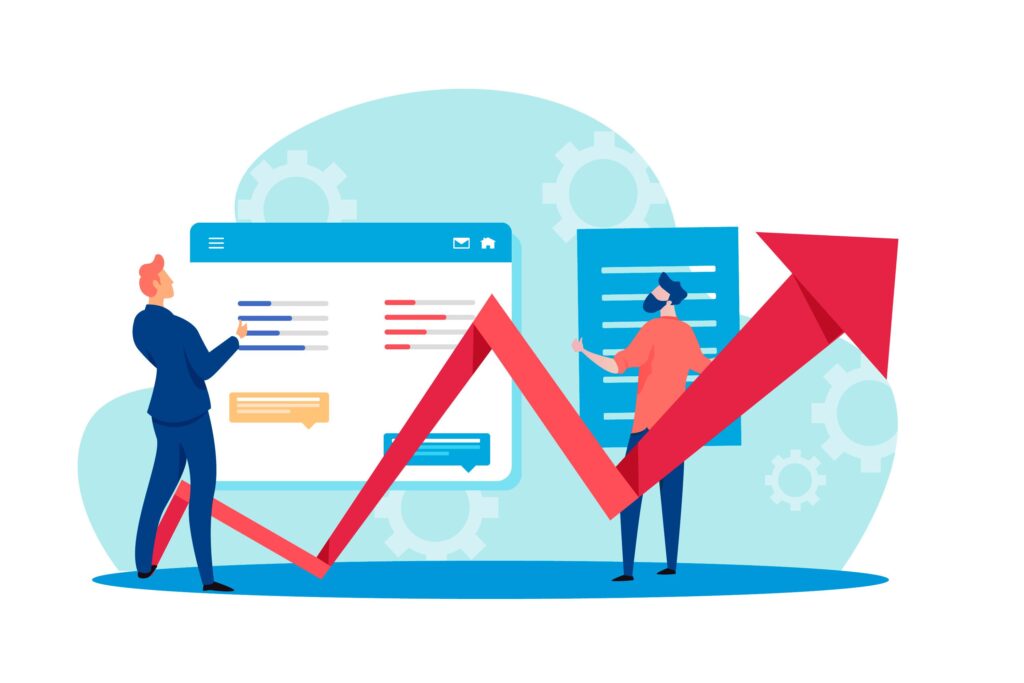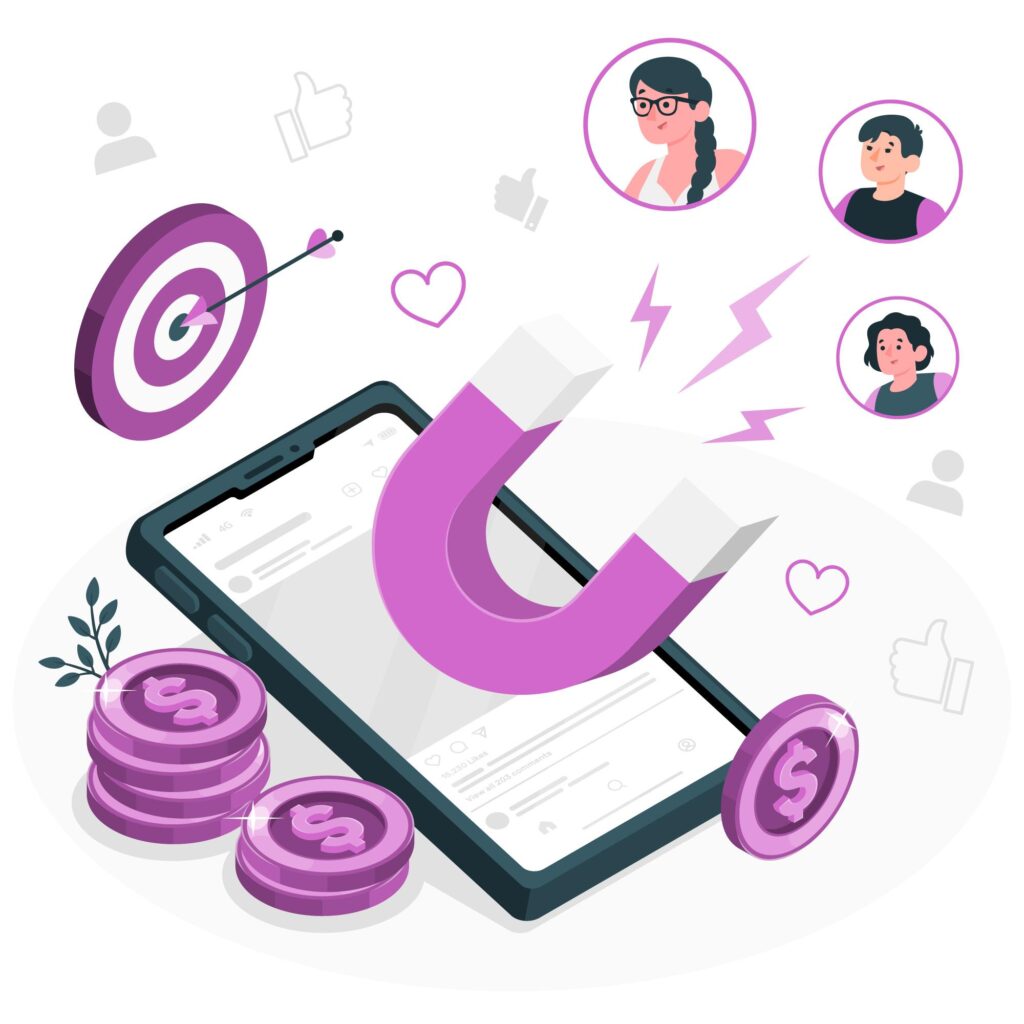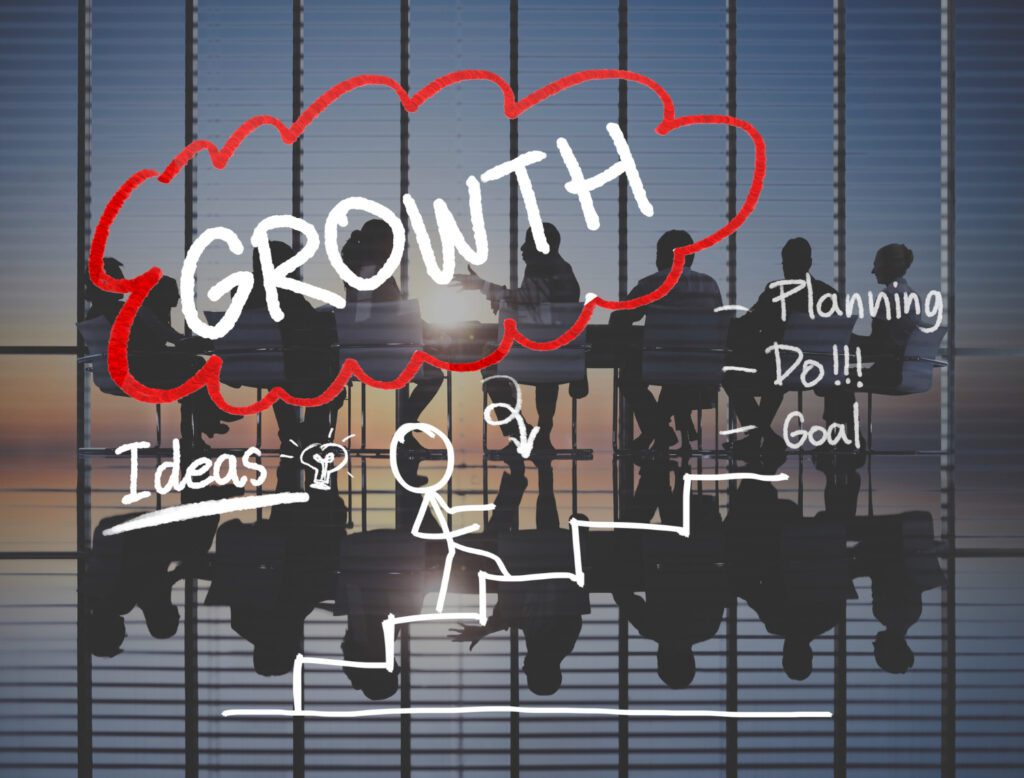In the competitive world of B2B (business-to-business) marketing, creating an effective demand generation funnel is crucial for converting potential leads into loyal customers. A demand generation funnel isn’t just about filling the pipeline with leads; it’s about guiding these prospects through a well-structured journey, moving them from awareness to conversion, and ultimately, turning them into advocates for your brand.
This article will provide a comprehensive guide to building a successful B2B demand generation funnel, from understanding the different stages of the funnel to implementing strategies that drive conversion.
Understanding the B2B Demand Generation Funnel
A B2B demand generation funnel is a visual representation of the journey that a potential customer takes from the first point of contact with your brand to the final purchase decision. This funnel is typically divided into several stages, each designed to nurture leads and push them closer to a buying decision.
1. Awareness
The awareness stage is the top of the funnel (TOFU) where potential customers first become aware of your brand or solution. At this stage, prospects are usually identifying a problem or need, but they may not yet know the solutions available to them. The goal here is to attract a wide audience, build brand recognition, and position your company as a thought leader in your industry.
Key Strategies:
- Content Marketing: Create high-quality blog posts, whitepapers, infographics, and videos that address common pain points in your industry.
- SEO: Optimize your content and website for search engines to ensure that your brand appears in relevant search queries.
- Social Media: Use platforms like LinkedIn, Twitter, and Facebook to distribute content and engage with your target audience.
- Paid Advertising: Utilize pay-per-click (PPC) ads, display ads, and social media ads to reach a larger audience.
2. Interest
Once a prospect is aware of your brand, the next step is to cultivate their interest. In the interest stage, prospects start to engage more deeply with your content and show signs of wanting to learn more about your offerings. This is the middle of the funnel (MOFU), where nurturing becomes critical.
Key Strategies:
- Email Marketing: Use targeted email campaigns to provide valuable content that aligns with the interests of your prospects.
- Webinars and Events: Host educational webinars or virtual events that offer in-depth insights into industry trends and your solutions.
- Case Studies: Share case studies that showcase how your products or services have helped other companies solve similar problems.
- Interactive Content: Use quizzes, calculators, or assessments to engage prospects and provide personalized insights.
3. Consideration
In the consideration stage, prospects are evaluating different solutions to address their needs. They are comparing your offerings with those of competitors, looking for the best fit. At this stage, the goal is to position your product or service as the ideal solution, emphasizing its unique value proposition.
Key Strategies:
- Product Demos: Offer live or recorded product demos that highlight the key features and benefits of your solution.
- Detailed Guides: Create comprehensive guides or eBooks that delve into the specifics of how your product solves the prospect’s problems.
- Testimonials and Reviews: Showcase testimonials from satisfied customers and encourage reviews on third-party sites.
- Comparison Charts: Provide comparison charts that objectively show how your product stands out against competitors.
4. Intent
At this stage, the prospect is leaning toward making a purchase decision but may still need a final push. The intent stage is where you provide the last bit of information or incentive needed to convert the prospect into a customer. This is near the bottom of the funnel (BOFU), where conversion rates are highest.
Key Strategies:
- Free Trials or Demos: Offer free trials or demos to let prospects experience your product firsthand.
- Personalized Follow-Ups: Use personalized follow-up emails or calls to address any remaining concerns and reinforce the value of your solution.
- Limited-Time Offers: Provide limited-time discounts or special offers to create a sense of urgency.
- ROI Calculators: Offer tools that calculate the potential return on investment (ROI) of using your product, making the value proposition clear.
5. Conversion
The conversion stage is where the prospect finally makes the decision to purchase your product or service. However, the process doesn’t end here. Post-purchase, it’s essential to ensure that the customer is satisfied and sees continued value in your product. This sets the stage for repeat business and long-term loyalty.
Key Strategies:
- Onboarding: Provide an excellent onboarding experience to help new customers get started with your product quickly and effectively.
- Customer Support: Offer robust customer support to resolve any issues and ensure customer satisfaction.
- Follow-Up Surveys: Conduct follow-up surveys to gather feedback and identify areas for improvement.
- Cross-Selling and Upselling: Introduce additional products or services that complement the customer’s purchase, increasing lifetime value.
The Role of Data and Analytics
Data and analytics play a critical role in optimizing the B2B demand generation funnel. By tracking key metrics at each stage of the funnel, you can identify bottlenecks, understand what’s working, and make data-driven decisions to improve overall performance.
Key Metrics to Track:
- Lead Volume: The number of leads entering the funnel at the awareness stage.
- Conversion Rates: The percentage of leads that move from one stage of the funnel to the next.
- Cost Per Lead (CPL): The cost associated with acquiring each lead.
- Customer Acquisition Cost (CAC): The total cost of acquiring a new customer, including marketing and sales expenses.
- Customer Lifetime Value (CLV): The total revenue a business can expect from a single customer account throughout its relationship.
- Sales Cycle Length: The average time it takes for a lead to move from the awareness stage to conversion.
Aligning Sales and Marketing
One of the biggest challenges in B2B demand generation is ensuring alignment between sales and marketing teams. These two departments must work closely together to create a seamless experience for the prospect throughout the funnel.
Best Practices for Alignment:
- Shared Goals: Establish shared goals and KPIs that both sales and marketing teams are accountable for.
- Regular Communication: Hold regular meetings between sales and marketing teams to discuss progress, challenges, and strategies.
- Lead Scoring: Implement a lead scoring system to ensure that only high-quality leads are passed from marketing to sales.
- Service Level Agreements (SLAs): Create SLAs that define the roles and responsibilities of both teams at each stage of the funnel.
Technology and Tools
In today’s digital landscape, technology plays an essential role in managing and optimizing the demand generation funnel. Various tools can help automate processes, track performance, and enhance the overall efficiency of your funnel.
Essential Tools:
- Customer Relationship Management (CRM) Software: A CRM system like Salesforce or HubSpot helps manage interactions with prospects and customers, tracking their journey through the funnel.
- Marketing Automation Platforms: Tools like Marketo or Pardot automate marketing tasks such as email campaigns, lead nurturing, and social media posting.
- Analytics Tools: Google Analytics, along with other data analysis tools, helps track the performance of your marketing efforts and provides insights into what’s working.
- Content Management Systems (CMS): A CMS like WordPress or HubSpot CMS allows you to manage and publish content that attracts and engages your audience.
- Sales Enablement Tools: Platforms like SalesLoft or Outreach provide sales teams with the tools they need to engage prospects effectively.
Common Challenges and Solutions
Building a B2B demand generation funnel comes with its challenges, but understanding these hurdles and knowing how to overcome them is key to success.
1. Low Lead Quality
- Solution: Implement lead scoring and focus on targeted campaigns that attract high-quality prospects.
2. Misalignment Between Sales and Marketing
- Solution: Foster communication between teams, align goals, and use technology to bridge the gap.
3. Long Sales Cycles
- Solution: Use content marketing and personalized follow-ups to nurture leads and shorten the sales cycle.
4. Measuring ROI
- Solution: Track key metrics, use analytics tools, and regularly assess the effectiveness of your campaigns.
Conclusion
Building an effective B2B demand generation funnel is a complex but rewarding process. By understanding the different stages of the funnel—from awareness to conversion—and implementing targeted strategies at each stage, businesses can significantly improve their lead generation and conversion rates.
The key is to remain customer-centric, continually optimize based on data, and ensure that sales and marketing teams work in harmony. With the right approach, your B2B demand generation funnel can become a powerful engine for growth, driving not only new customer acquisition but also long-term customer loyalty.



